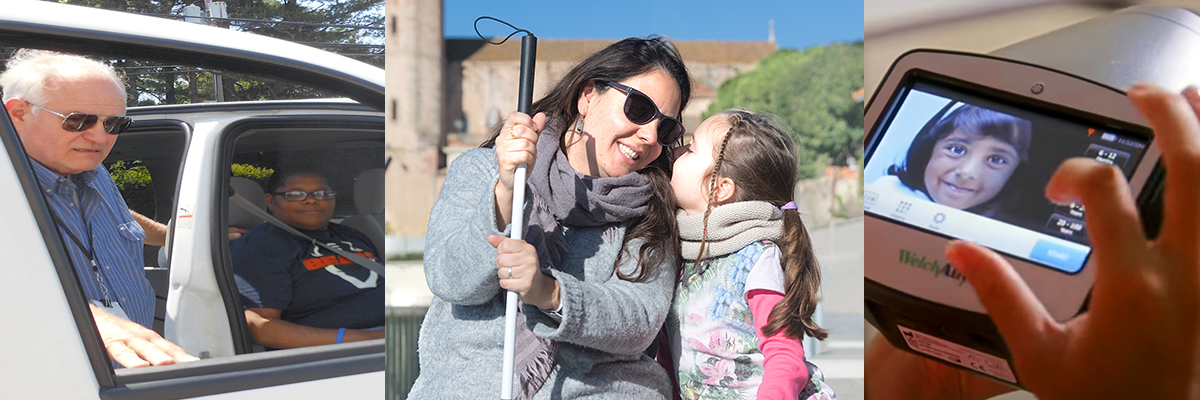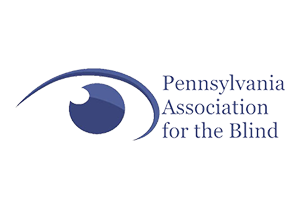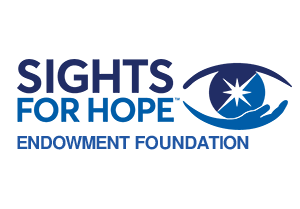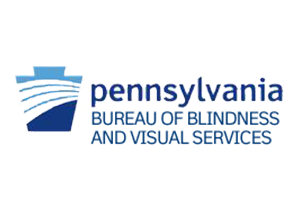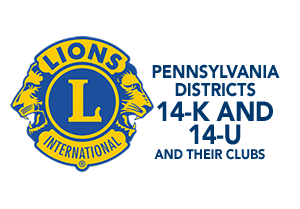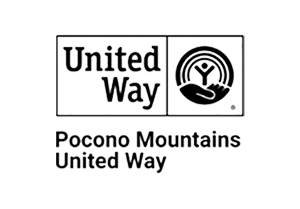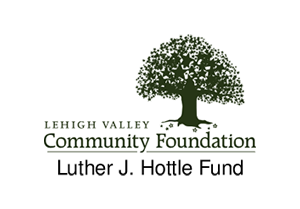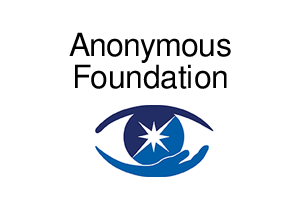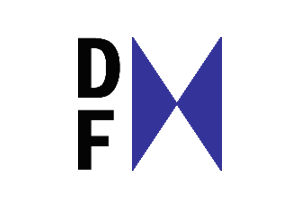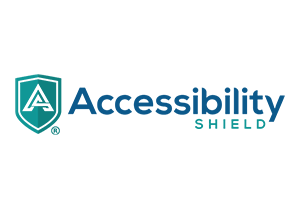Sights for Hope transforms the lives of people with visual impairments and blindness by removing barriers to independence and well-being. Our services provide the skills, supports, and solutions that advance their self-sufficiency and quality of life. We carry forward a tradition inspired by Helen Keller nearly a century ago throughout Pennsylvania’s Lehigh Valley and Monroe County, and most of our services are provided at no cost. Founded in 1928, Sights for Hope is a member of the Pennsylvania Association for the Blind (PAB) and the VisionServe Alliance.
Our Mission Statement
- To provide people with visual impairments the skills, supports, and solutions that advance their self-sufficiency.
Our Vision Statement
- To transform the lives of people with visual impairments by removing the barriers to their independence and success.
Our Values
- Independence: We champion every individual’s right to control their life and pursue their personal success.
- Impact: We advance solutions specifically for the people we serve and challenge ourselves to make our communities stronger.
- Dignity: We demonstrate a person-first mindset toward those we serve and honor their strengths.
- Character: We listen, pursue all that is possible, carry ourselves with sincerity and humility, and are inclusive without bias.
Our Three Pillars
We have identified three pillars to articulate our work.
- Skills: We teach adaptive skills to accomplish daily life activities.
- Supports: We provide supports that counter the effects of visual impairments and blindness and we increase access to medical care, healthy food, and other essential needs.
- Solutions: We advance solutions that enhance sight capabilities.
Our Services
- Life Skills Education: Group and one-on-one sessions that teach vision rehabilitation, orientation and mobility, adaptive use of technology, and elemental life skills – including specialized programs for youth and families.
- Support Services: Client-focused services including caseworker assistance, guided transportation, emotional support, and opportunities to connect with others who face similar challenges.
- Technology Solutions: Functional low vision exams by a professional optometrist and individualized consultations performed to match clients and patients with the assistive devices that best meet their needs.
- Prevention Services: Free vision screenings children ages 6 and under to identify sight conditions; partnerships that provide eye exams and glasses to advance school readiness; and community education programs that promote eye health, eye safety, and inclusion of people with visual impairments.
Our Constituents
- We have 560 active clients through November 2024, and we serve nearly 100 additional patients annually.
- Almost 49% of our clients live below or near the federal poverty line.
- Almost 82% of our clients are ages 55 and older more than 64% of our clients are ages 65 and older.
- More than 70% of our clients are diagnosed with Macular Degeneration, Glaucoma, Diabetic Reinopathy, Cataracts, or Retinits Pigmentosa.
- We perform vision screenings on approximately 6,000 children ages 0-6 annually, and about 14% of them have an impairment of some kind.
- Most of our children’s screening events in a typical year are held at preschools, at daycare centers, and during kindergarten registration and orientation events.
